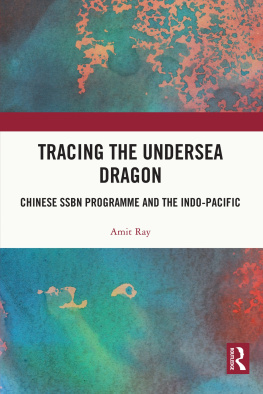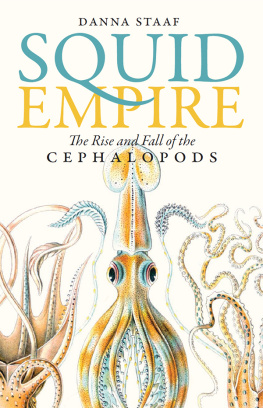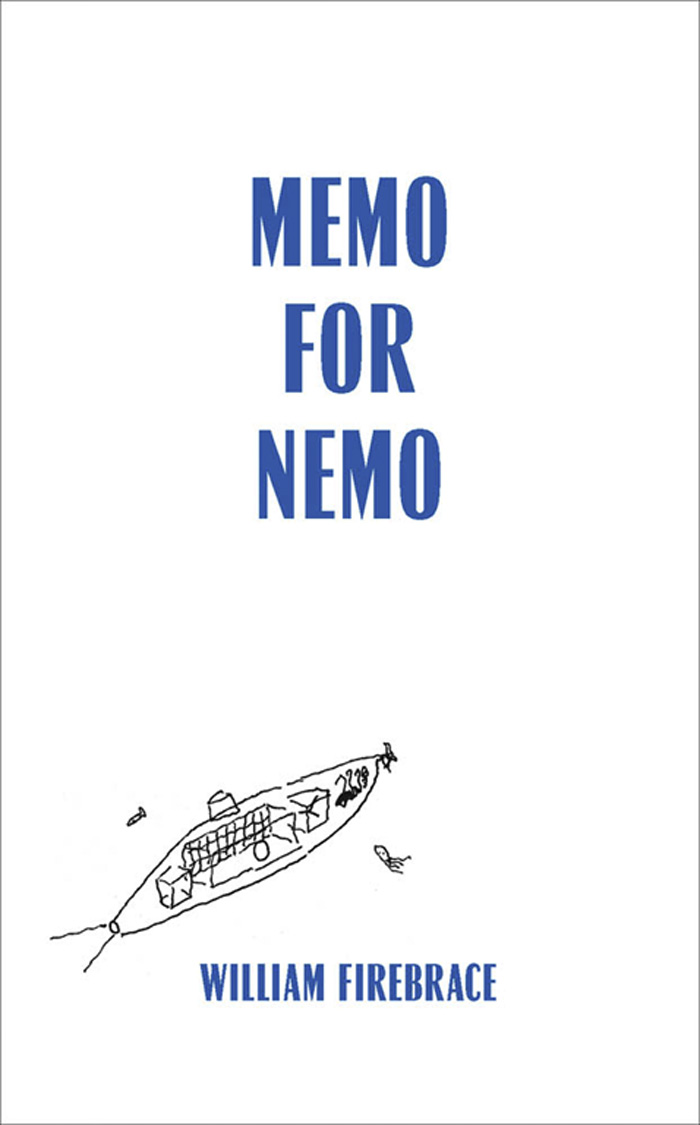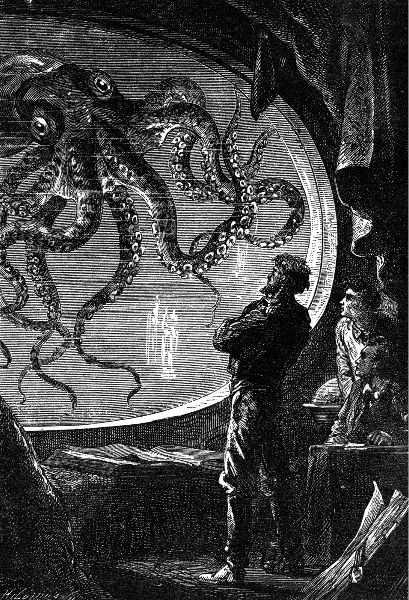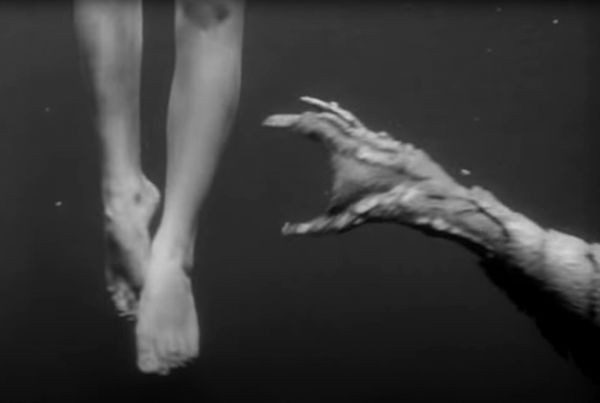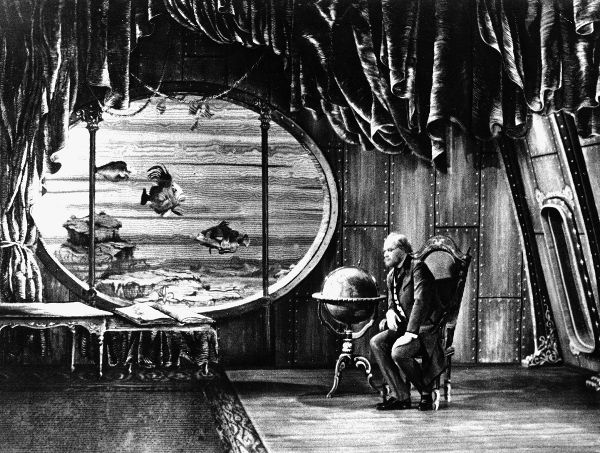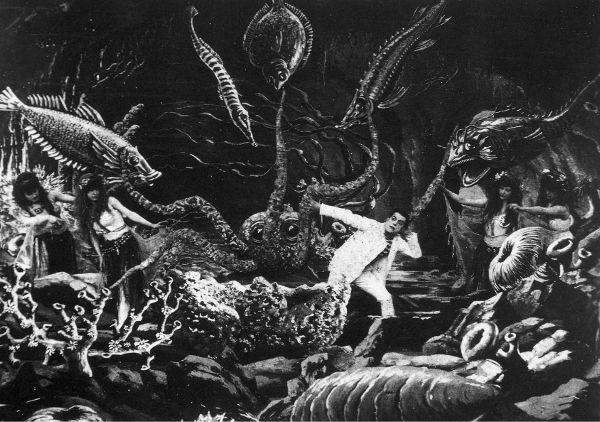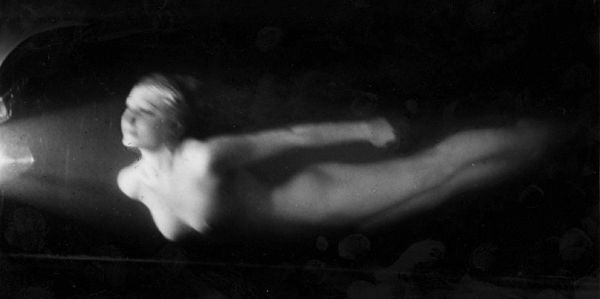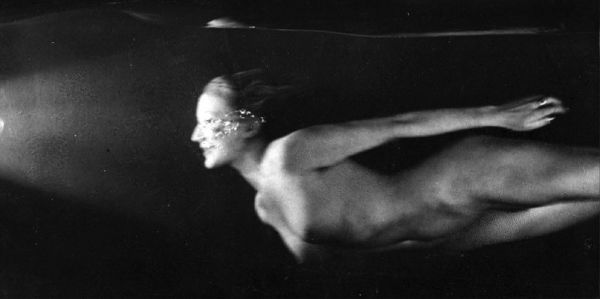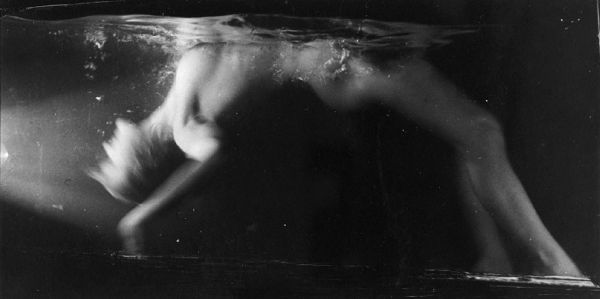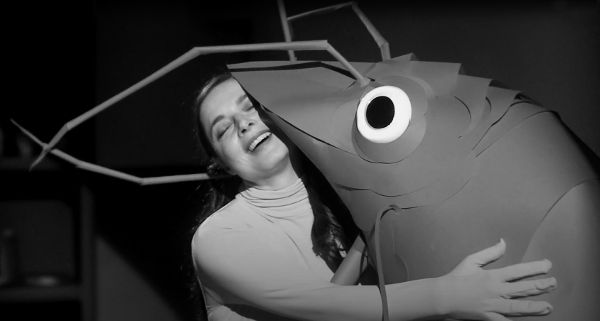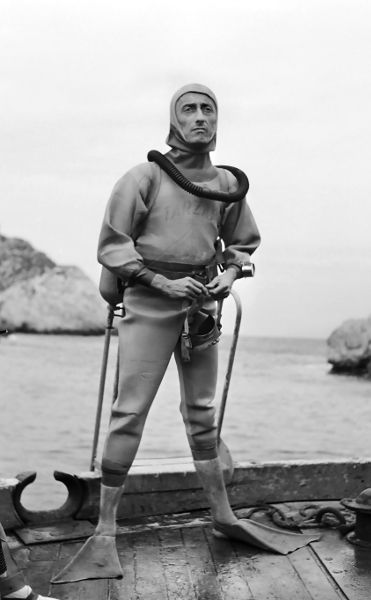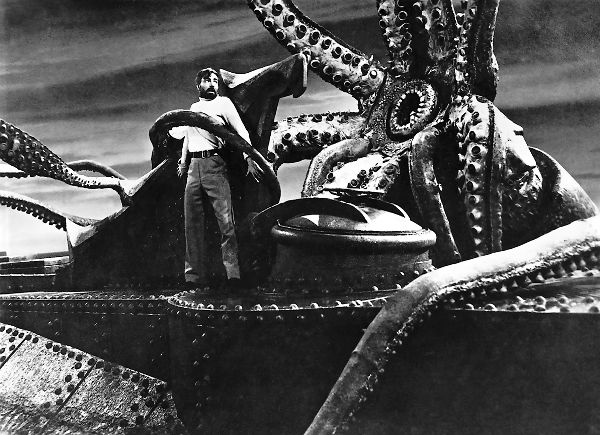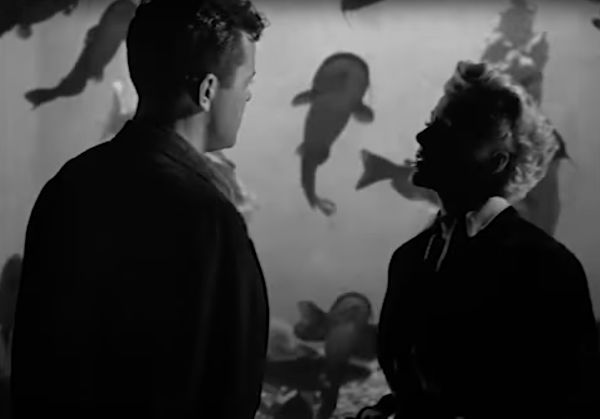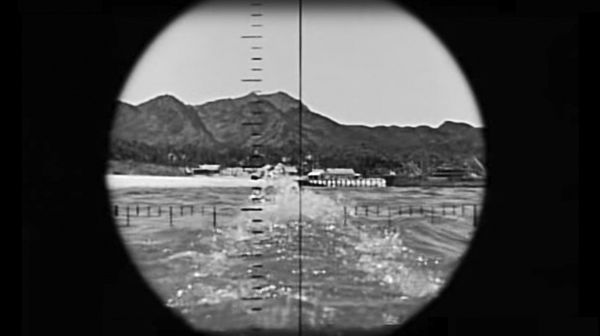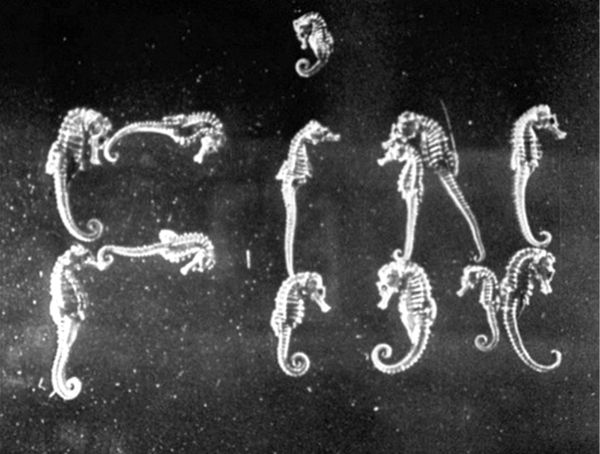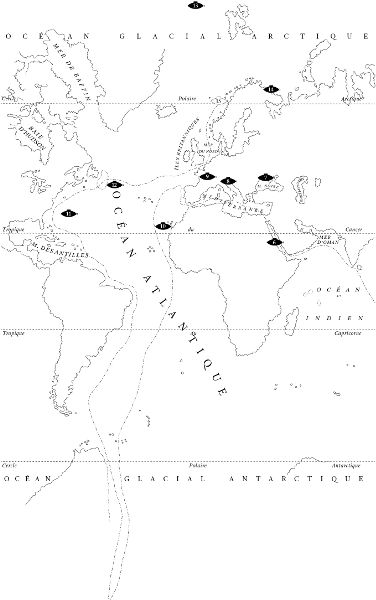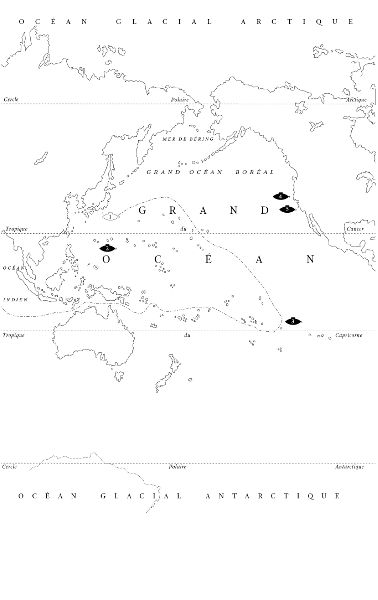William Firebrace - Memo for Nemo
Here you can read online William Firebrace - Memo for Nemo full text of the book (entire story) in english for free. Download pdf and epub, get meaning, cover and reviews about this ebook. year: 2022, publisher: MIT Press, genre: Science fiction. Description of the work, (preface) as well as reviews are available. Best literature library LitArk.com created for fans of good reading and offers a wide selection of genres:
Romance novel
Science fiction
Adventure
Detective
Science
History
Home and family
Prose
Art
Politics
Computer
Non-fiction
Religion
Business
Children
Humor
Choose a favorite category and find really read worthwhile books. Enjoy immersion in the world of imagination, feel the emotions of the characters or learn something new for yourself, make an fascinating discovery.

- Book:Memo for Nemo
- Author:
- Publisher:MIT Press
- Genre:
- Year:2022
- Rating:5 / 5
- Favourites:Add to favourites
- Your mark:
Memo for Nemo: summary, description and annotation
We offer to read an annotation, description, summary or preface (depends on what the author of the book "Memo for Nemo" wrote himself). If you haven't found the necessary information about the book — write in the comments, we will try to find it.
In Memo for Nemo, William Firebrace investigates human inhabitation of the undersea, both fictional and real. Beginning with Jules Vernes Captain Nemoan undersea Renaissance man with a library of 12,000 volumes on his submarineand proceeding through aquariums, undersea photography, artificial seas on land, nuclear-powered submarines, undersea film epics, giant squid, and NASA satellites, Firebrace examines the undersea as a zone created by exploration and invention. Throughout, the history of undersea life is accompanied by an imagined undersea, envisioned by cultural figures ranging from Verne and Herman Melville to Orson Welles and Jimi Hendrix.
Firebrace takes readers though the enormous sequence of rooms (impossible in real life) in Nemos submarine, recounts the competition among nineteenth-century cities to build the most spectacular aquatic world, and explains the workings of the bathyspherean early underwater vessel modeled on a hot-air balloon. He considers the aquariums function in films as a sort of viewing lens, describes the chlorine-proof artificial sea life seen by passengers on the submarine ride at Disneyland, and reports that Jacques Cousteaus famous underwater documentaries were in fact highly staged.
The oceans of today are not those imagined by Verne; they are changing from both natural processes and human influence. Memo for Nemo documents the power of the undersea in both art and life.
William Firebrace: author's other books
Who wrote Memo for Nemo? Find out the surname, the name of the author of the book and a list of all author's works by series.




